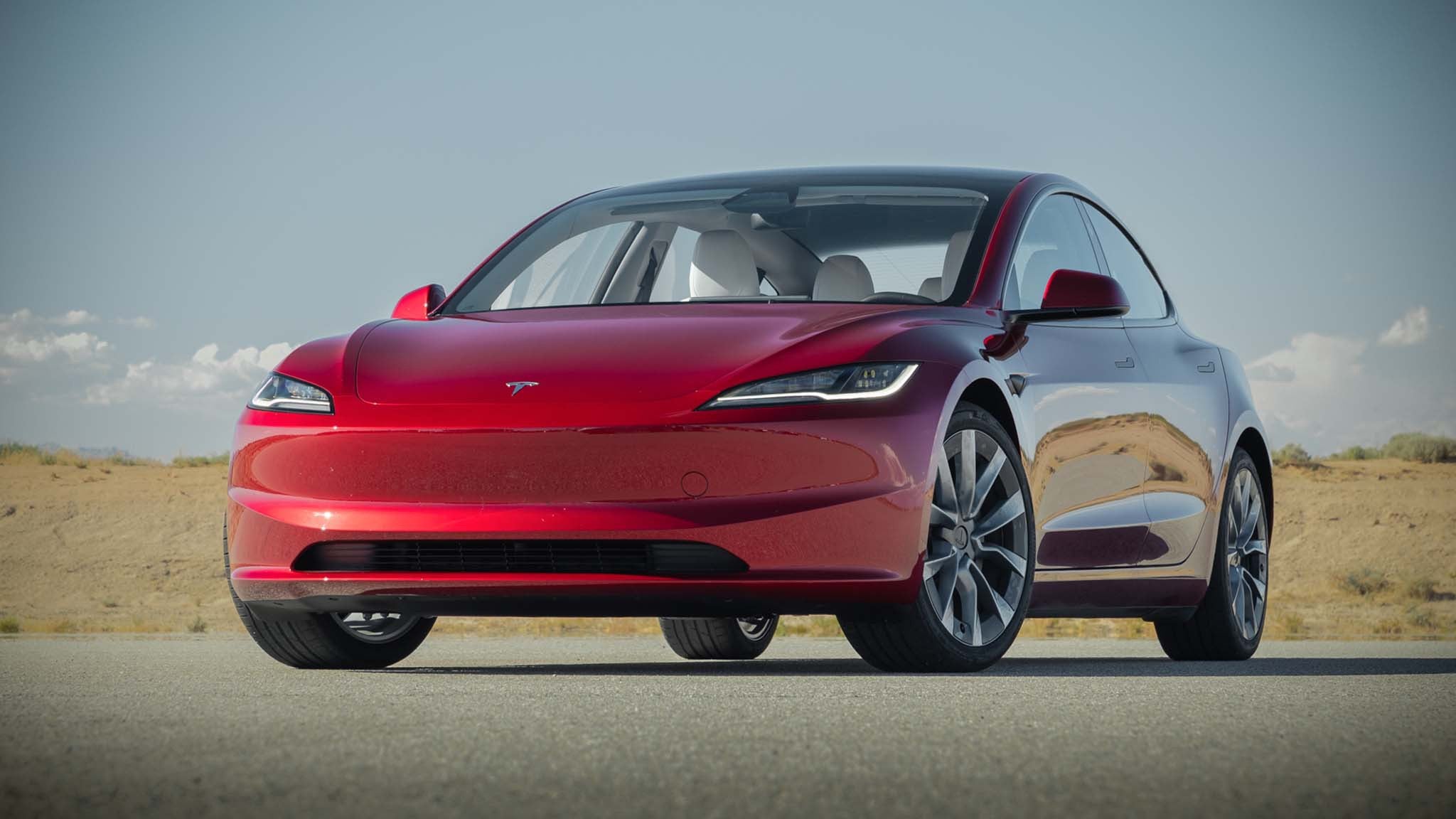Why EV Charging Isn’t As Slow As People Think
A common hesitation among new EV shoppers is the belief that charging takes “hours and hours.” While early electric cars did charge slowly, modern EVs are designed to charge far faster than most people expect, especially when using the right equipment.
Charging can seem complicated at first because it introduces concepts like kilowatt-hours, charging curves, and voltage levels. But once you learn the basics, the process becomes intuitive and often more convenient than stopping at a gas station.

Understanding the Core Terms: kWh and kW
Two measurements matter more than any others:
-
Kilowatt-hours (kWh) tell you how much energy the battery stores.
-
Kilowatts (kW) describe how much power a charger can deliver and how much your car can accept.
Think of kWh as the size of your fuel tank and kW as how quickly you can fill it.
For example, a Tesla Model Y has a 75-kWh battery and accepts up to 250 kW on a fast charger. That means plugging into a 350-kW charger won’t make it charge any faster, but plugging into a 50-kW charger will slow things down significantly.
Knowing these limits helps you pick the right charger and avoid unnecessary waiting.
Level 1 Charging: Slow but Surprisingly Useful
Level 1 charging uses a standard 120-volt household outlet.
It is the slowest option but can still be practical.
Typical performance:
-
3–5 miles of range per hour
-
30–50 miles added overnight
Level 1 isn’t ideal for big batteries or long trips, but it works well for drivers with short daily commutes or for topping up when no faster charger is available. Some EV owners rely on it entirely because they drive only a few miles a day.
Level 2 Charging: The Everyday Solution for Most Homes
Level 2 charging uses a 240-volt circuit and is the most common method for daily EV use.
It requires installing a home charging station or using public Level 2 chargers available at workplaces, parking garages, and retail locations.
Typical performance:
-
7–11 kW charging speeds
-
A full charge in 6–12 hours, depending on battery size
For most drivers, Level 2 means plugging in at night and waking up with a full battery. Large trucks and SUVs may take longer due to their big packs, but the convenience is the same: no more detours to gas stations.
This level is where most EV ownership truly becomes easier than owning a gas vehicle.
Level 3 DC Fast Charging: The Quickest Option
DC fast chargers (also called Level 3) are designed for road trips and long-distance travel. They deliver high-voltage power directly to the battery.
Typical performance:
-
10–80% in 20–30 minutes for many modern EVs
-
Some models achieve even faster times under ideal conditions
Charging slows above 80% because the battery reduces power intake to protect long-term health. This is why most public charging stops aim for 10–80% rather than a full charge.
To achieve the fastest speeds, EVs use battery preconditioning, which warms or cools the battery so it can accept high power immediately. Many vehicles do this automatically when navigating to a fast charger.
Finding the Right Charger for Your Vehicle
Not every public charger provides the same speed, and not every EV can take advantage of the highest-rated equipment.
To charge efficiently:
-
Know your EV’s max kW acceptance rate
-
Choose chargers that match or exceed that rating
-
Use your car’s built-in navigation or apps like PlugShare or Google Maps to locate high-speed stations
While DC charging costs more per kWh than home charging, it is still often competitive with gasoline and continues to improve as infrastructure expands.

What New EV Owners Should Focus On
The EV learning curve is short. Once you understand the three charging levels and know your car’s power limits, everything falls into place.
Get a Level 2 charger for home, learn when to use DC fast charging, and remember that charging technology improves every year. For most drivers, charging becomes routine—predictable, flexible, and far more convenient than gasoline once you settle in.
Recommend Reading:







Share:
Why Hyundai and Kia EVs Charge Faster on Non-Tesla Networks
What to Know About Buying a Used Tesla With Long-Last-Life Batteries